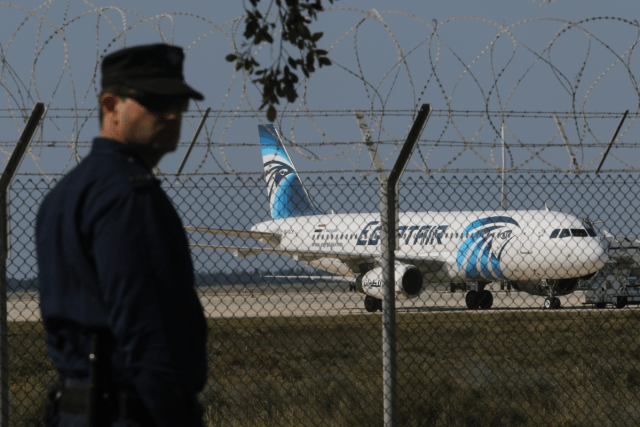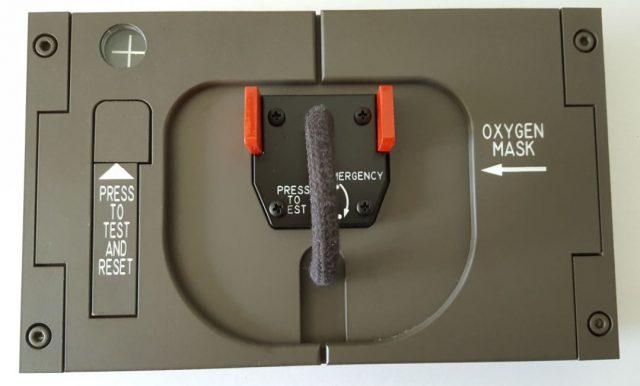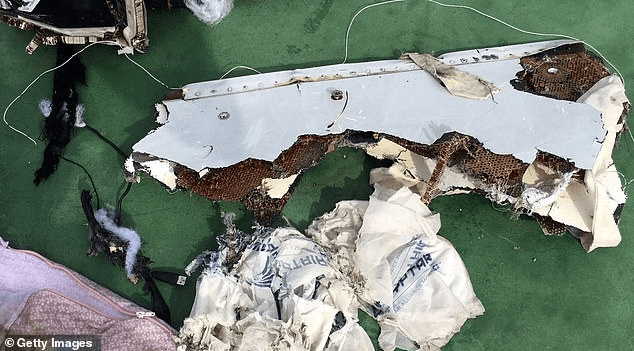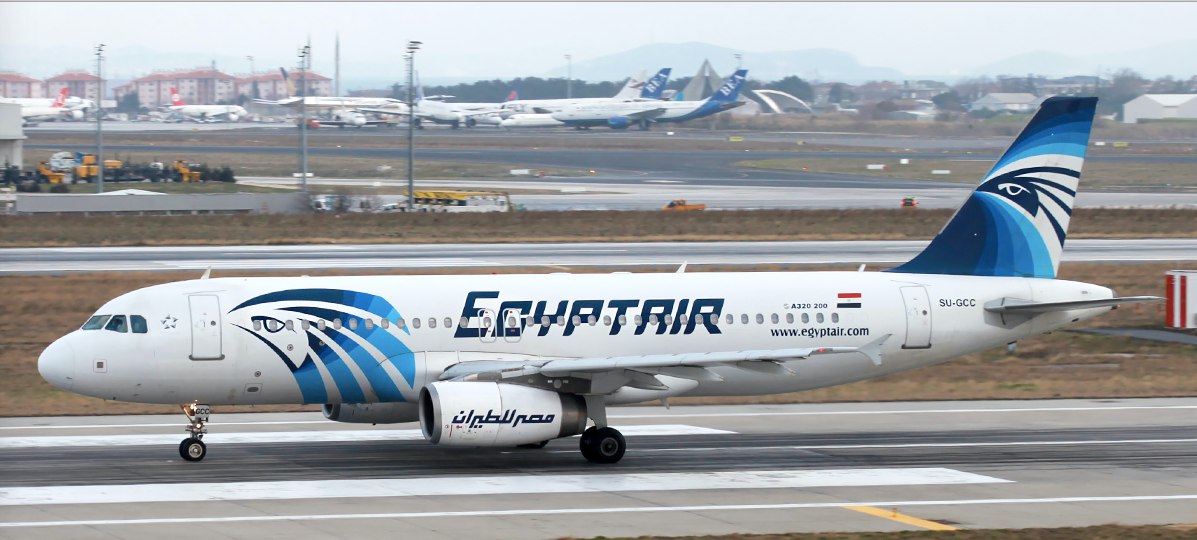19th of May 2016, a regular inbound EgyptAir flight, MS804, operated by a 13 years old Airbus A320-232 registered as SU-GCC departed from Charles de Gaulle Airport (CDG) in Paris heading to Cairo International Airport (CAI), onboard 66 people including the flight crew (56 passengers and 10 crew members). The plane departed at 23:19 from CDG but didn’t arrive in Cairo as scheduled at 03:15 morning the next day. According to the reports; last contact between the crew of the plane and the ground was on 01:50 which was 39 minutes later after the plane enters the Italian airspace.

András Soós
19th of May 2016, a regular inbound EgyptAir flight operated by a 13 years old Airbus A320-232 registered as SU-GCC departed from Charles de Gaulle Airport (CDG) in Paris heading to Cairo International Airport (CAI), onboard 66 people including the flight crew (56 passengers and 10 crew members). The plane departed at 23:19 from CDG but didn’t arrive in Cairo as scheduled at 03:15 morning the next day. According to the reports; last contact between the crew of the plane and the ground was on 01:50 which was 39 minutes later after the plane enters the Italian airspace.

At 02:26 the Greek controllers tried to contact the #MS804‘s crew, inviting them to get in touch with the Egyptian controllers as the plane was entering the Egyptian airspace “but does not get a response” writes the French investigation. Three minutes later (at 02:29), the plane disappeared from the radar, after noticing two sharp turns – one 90 degrees to the left and one 360 degrees to the right.
MS804 Investigations and Results

All who were on board has been killed as the plane has crashed in the Mediterranean sea, south of Crete, and according to the initial reports and investigations; the plane sent seven “dispatches” in two seconds before smashing into the sea concluding that there was a problem with the cockpit windows, the existence of smoke in the front bathroom and a total stop of two operational crucial systems for the plane and the wings. After the crash, the France’s Bureau of Enquiry and Analysis for Civil Aviation Safety (BEA) initially suspected that a mechanical failure that let to EgyptAir’s loss but on the other hand, the Egyptian authorities refused to publish a report on the sorrowful crash claiming that the incident for them is an act of terrorism however Paris disagreed and proceeded with the investigation.

In 2018 BEA reported that the crash occurred due to a fire onboard the plane upon analyzing the data of the black box but couldn’t identify a specific reason for how the fire was ignited. But four years later, in April 2022, a new 134-page report that the Italian newspaper Corriere Della Sera has exclusively viewed that the main reason for the ignition of the fire onboard MS804 was that one of the pilots had lit a cigarette in the cockpit (which was at that time not a forbidden action by EgyptAir), unluckily an EgyptAir’s maintenance worker replaced the co-pilot’s oxygen mask three days before the crash, the worker left the slider that manages the airflow in the “emergency” position. According to the Airbus manual; when the mask’s airflow is kept on this mode “an oxygen leakage could occur“, which is what has exactly happened.

An oxygen leakage from the co-pilot’s oxygen mask combined with the “habitual” action of smoking from the Egyptian pilots in the cockpit would have caused the oxygen to combust, therefore the cockpit ignited at an altitude of 11,278 meters above sea level causing the crash of EgyptAir’s flight MS804.
So far, the reason behind leaving the oxygen mask in the emergency position by the maintenance worker is undetermined mentioning that a report mentions that “the replacement of the oxygen mask requires careful checking, given the danger of oxygen leakage“.

Moreover, the French report mentioned that the pilots were feeling exhausted and tired by the time of the incident, however, all the investigations show that the working hours of the pilots, were acceptable to fly and won’t affect their performance to do their job. The dossier was sent a month ago to the Court of Appeal of Paris which is investigating “manslaughter” because among the victims there are also 12 French compatriots.
Is it now the flight crew’s fault?

However it was, by the time of the crash, eligible to smoke onboard and during flights in EgyptAir, adding to that, the maintenance worker was the one who kept the oxygen mask on that dangerous mode, but the pilots of EgyptAir’s flight MS804; Mohammed Shokair and Mohammed Assem should have detected the faulty masks before taking off, said by Daniele Veronelli, an A320 pilot and a member of Italy’s national association of commercial aviation pilots:
When we go into the cabin, among the various checks we make before taking off is to check the flow of oxygen in the masks, if the switch is in the normal position, the flow of oxygen is on request. If it’s on the emergency setting, it will release oxygen at a greater pressure to blow away the smoke that could be in the cabin if there’s a fire on board.”
Captain Daniele Veronelli, an A320 pilot and a member of Italy’s national association of commercial aviation pilots, told Corriere Della Sera.
MS804 Victims
According to the reports, out of the passengers who were killed due to the crash; 10 crew members, 30 Egyptians, 12 French tourists, two Iraqis a Canadian, and a Briton.

According to Corriere Della Sera‘s newspaper: “The Egyptian civil aviation authorities and EgyptAir did not respond to the Courier’s questions”. BEA says that in their initial investigation released in 2018 “a fire that broke out in the cockpit during the cruise phase that led to the loss of control of the jet” was the most likely supposition.
So far, according to the Italian newspaper; this 134-page report by the BEA is not yet released to the public.
Sources:
- Corriere Della Sera
- Daily Mail
- The Telegraph
- Sky News
- CBS News
- Cover Image by: France 24 (YouTube)
